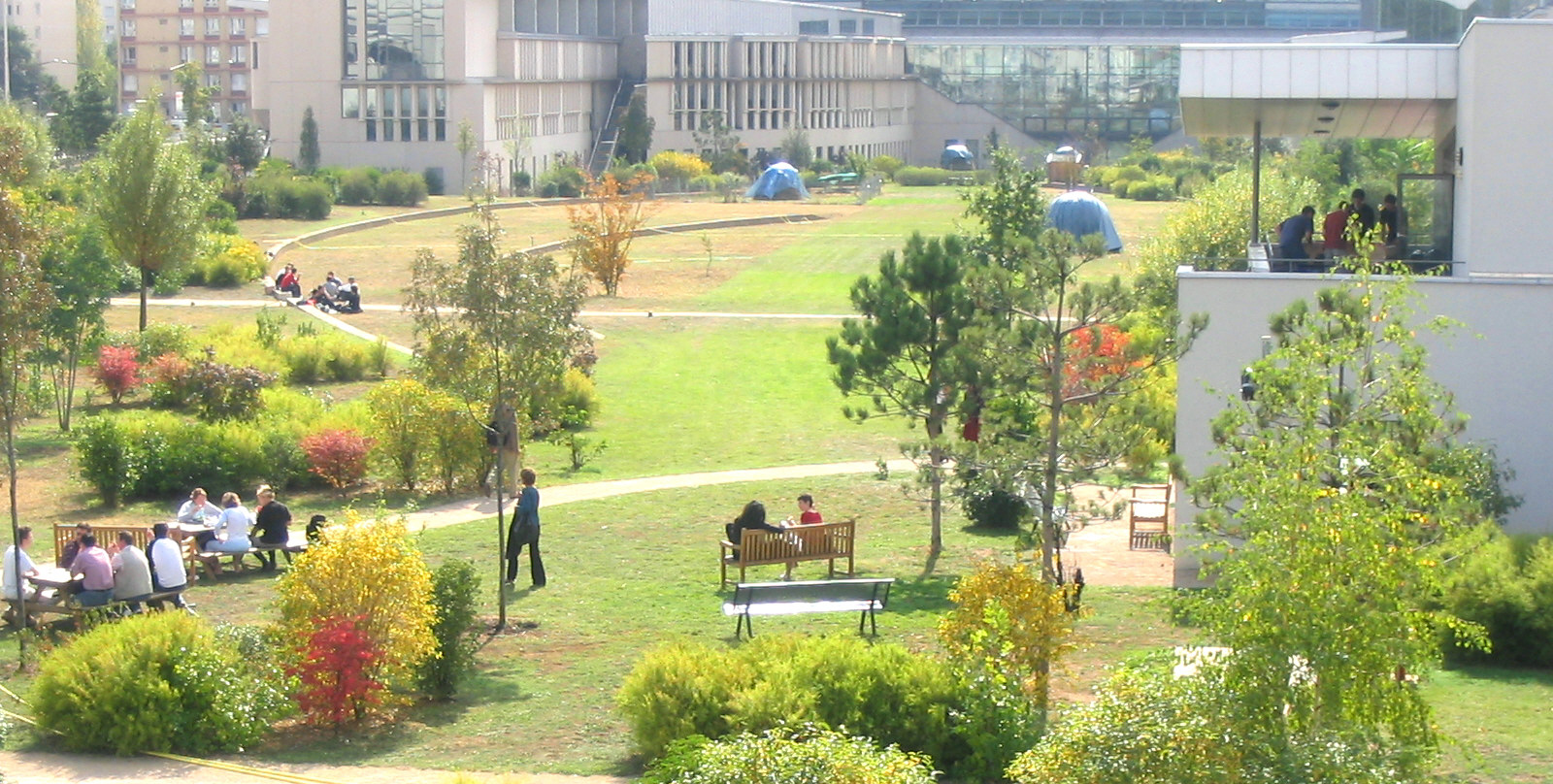Ecole Normale Superieure of Lyon in France is 51st Institution to Gain Full Access to Visual History Archive

USC Shoah Foundation – The Institute for Visual History and Education is pleased to announce that Ecole Normale Superieure (ENS), a university in Lyon, France, is the 51st institution, and the first in France, to gain full access to the Institute’s Visual History Archive, a repository of nearly 52,000 video testimonies from survivors and witnesses of the Holocaust and other genocides.
“Today’s wonderful news about ENS means that full access to the world’s largest Archive of video testimony extends for the first time to an institution in France,” said Stephen D. Smith, executive director of USC Shoah Foundation. “The university’s inclusion is sure to spark further discovery on the social and cultural dynamics that lead to genocide, and ultimately provide vital clues on how best to intervene in that deadly cycle.”
Within the Visual History Archive there are over 8,000 testimonies that reference France, over 1,600 that were conducted in the country and over 1,800 testimonies that were given in French. Some notable French citizens in the Archive include Maurice Nagel, a doctor at Auschwitz who was involved in the Belgian resistance; Shelomo Selinger, a celebrated sculptor; Jacques Stroumsa, a violinist in the Auschwitz orchestra; and Beate and Serge Klarsfeld, whose determined activism led to the prosecution of Nazi war criminals, and their son Arno Klarsfeld, a human rights attorney.
Three additional testimonies were also recently taken in Paris from Nobel Prize Laureate Claude Cohen-Tannoudji, internationally renowned writer Albert Memmi, and Ruth Pearl, mother of the late journalist Daniel Pearl. These testimonies are currently being indexed and will be made available in the Visual History Archive at a later date.
At the core of the Visual History Archive’s indexing system is a controlled vocabulary, the USC Shoah Foundation Thesaurus, of over 62,000 index terms. These index terms include geographical locations and time periods (e.g. “Annemasse, France,” “France 1940”), as well as location names (e.g. “Auschwitz [Poland: Concentration Camp]”) and experiences (e.g. “identity concealment,” “psychological distress prevention”). The names of the 1.3 million individuals mentioned in each testimony are also indexed and searchable. Each video testimony has been indexed by assigning indexing terms to the relevant one-minute segments of each testimony. This permits users to perform detailed searches—on names, places, time periods and a huge array of subjects and experiences.
“The collection is huge and the research tools are fantastic,” said Emmanuel Debono, a historian who serves as USC Shoah Foundation’s liaison in France. “It will be an essential resource for not only historians, but linguists, philosophers and sociologists alike.”
The 51 museums and universities with full access to the Visual History Archive hail from 13 countries; another 200 sites in 33 countries have access to smaller collections of testimony from the Archive. Six of them are in France, including the Mémorial de la Shoah Musée in Paris. The last institution to license full access to the Visual History Archive was University of Vienna Library in Austria in April.
Laying the groundwork for ENS’s inclusion was long-term support from the Diane and Howard Wohl Family Foundation, whose contributions support the work USC Shoah Foundation is doing in France.
“The Visual History Archive is a vital tool for not only education and research, but also countering misconceptions and propaganda that, when left unchecked, can fuel hate,” Diane Wohl said. “The testimonies are deeply personal, they leave us better informed and changed.”
Like this article? Get our e-newsletter.
Be the first to learn about new articles and personal stories like the one you've just read.